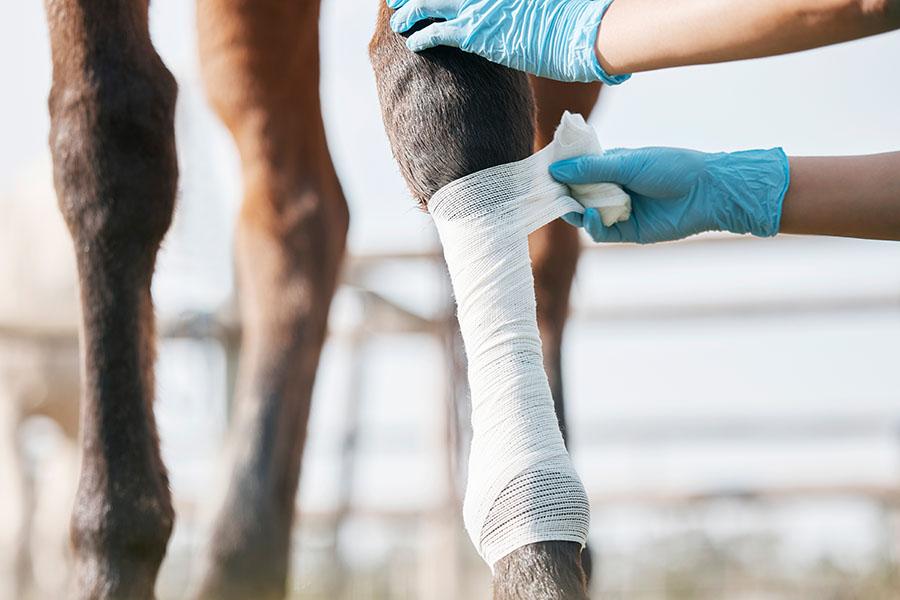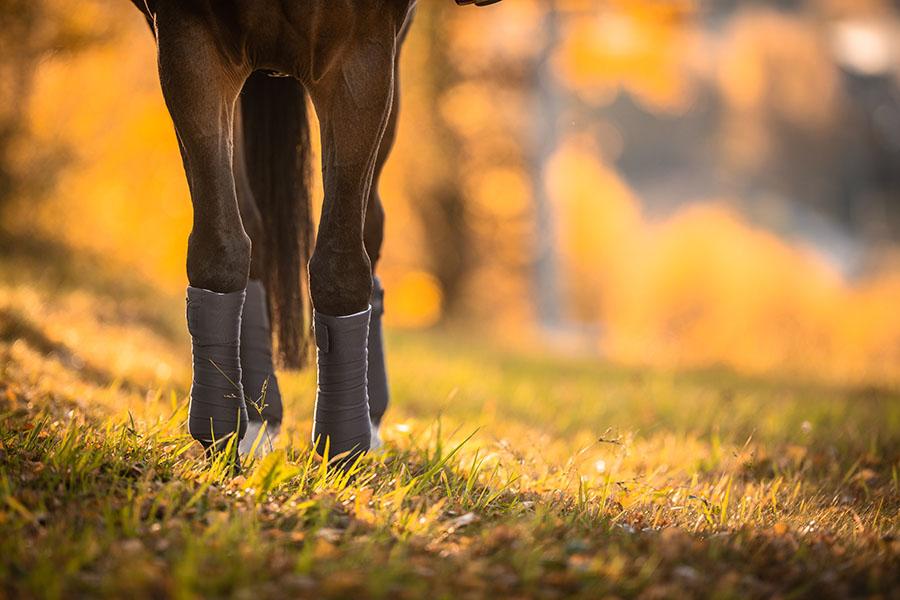Joint Injections
In some cases, joint injections will be the best way to move forward and get your horse comfortable. Significant pain coming from a joint will cause a horse to move their whole body differently. This sometimes leads to compensation and pain in other parts of the body as well. It will be hard to make the horse move correctly when it is guarding or favoring a specific limb and joint.
After reducing the pain and inflammation in a joint, spinal manipulation and acupuncture will work even better. Spinal manipulation optimizes the way the body’s nerves work. When the nervous system is working its best it is giving the most precise signals to the muscles. When the muscles are working their best there is less strain on the joints. This is an example of treating the entire horse as a whole. We address the inflammation inside a joint directly, but don’t stop there. We help the horse regain motion in all the joints, get the muscles firing right, strengthen the horse with proper riding, and in the end we have a happy, pain free horse!
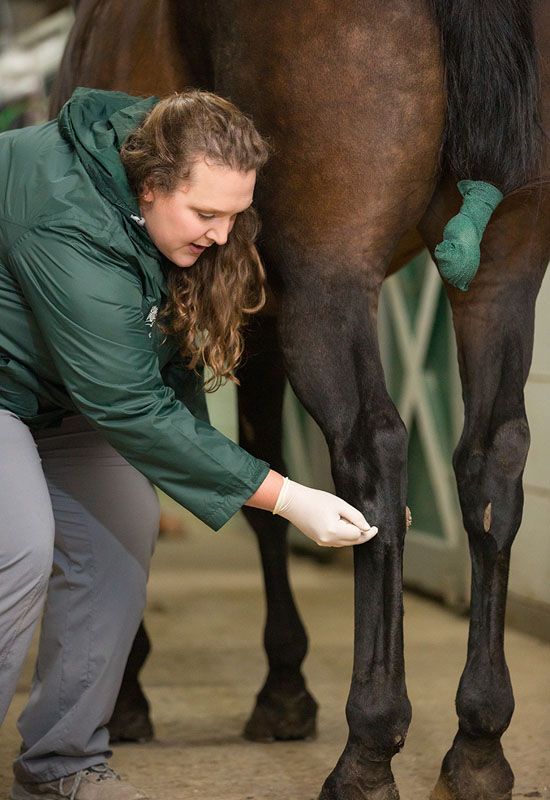
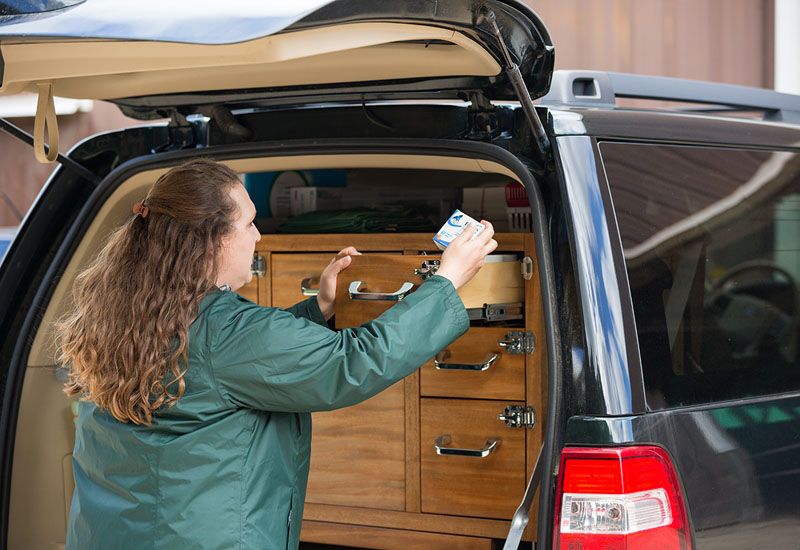
Equine Joint Injections
Steroid joint injections are offered right on the farm. After checking for any contraindications, such as Equine Metabolic Syndrome (EMS), insulin resistance, or Cushing’s Disease (PPID), the affected joints can be treated on the same day as the lameness exam. If steroid joint injections aren’t right for your horse, you can be referred to a veterinarian offering regenerative therapies such as IRAP, ProStride, Alpha2EQ, or ReNovo.
Joint Injection FAQs
If I have my horse’s joints injected, will they need to be injected forever? How often? Every 6 months? Every year?
This is a complicated question and the answer is “it depends.” It depends on which joint your horse needs treating (hock injections versus stifle injections). It depends how much cartilage and bone damage there already is in that joint. It depends what you do with your horse after the joint injection. If you keep your horse in light/moderate, but consistent work the joint injection could last a long time. If you are intensely working and showing the horse, the injection might not last as long. It is, however, a myth that once you start injecting joints that you will have to keep doing it forever. Feel free to ask this question about your horse specifically before any joint injection.
How long will my horse need to have rest after the joint injections?
It varies by the horse and which joints are treated, but generally 24 hours of stall rest is ideal. The next day your horse can be turned out as usual, but not ridden. On day 4 after the joint injections the horse can resume light work (lunging, walk/trot riding.) Day 5 or 6 normal work can resume. It can take up to 2 weeks to see the full effect of a steroid joint injection
Can you float my horse’s teeth while he is sedated for the joint injections?
No. Floating teeth and injecting joints should be done at least 2 weeks apart from each other.
Can you adjust my horse at the same visit as the joints are injected?
Ideally your horse should have the adjustment on a different day. If your horse is sedated the same day as the adjustment, you lose a little bit of the positive effects of the adjustment.
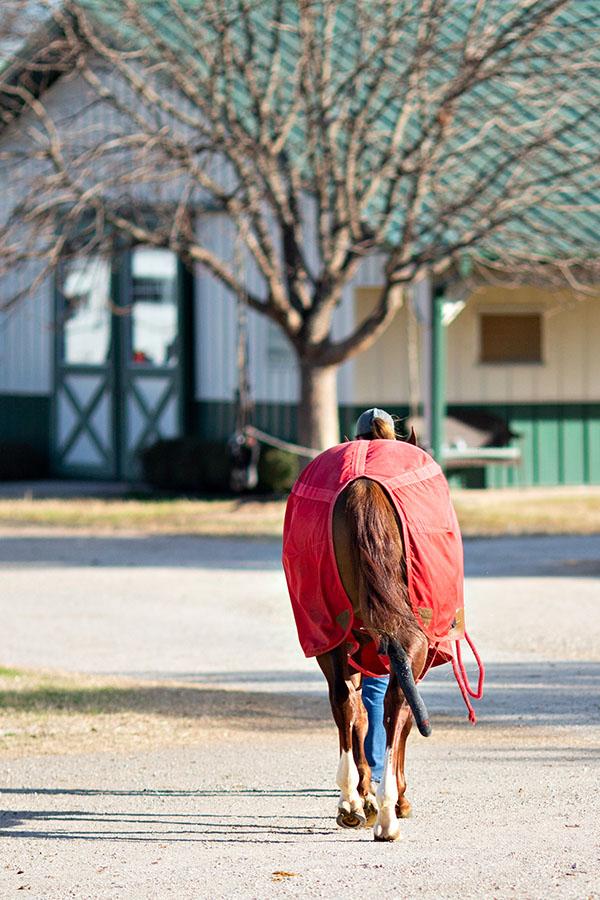
Book an Appointment
All services are by appointment only.
Serving the greater Milwaukee area in Wisconsin with seasonal availability in the Northwoods Wisconsin. Serving clients in Dodge, Jefferson, Washington, Waukesha, Milwaukee, Walworth, Ozaukee and Racine counties.
Available Monday – Friday from 9am to 5pm
Please avoid a $50 cancellation fee by rescheduling or cancelling your appointment 1 full business day in advance.
Please call for availability or fill out the contact form..
414-379-2464
